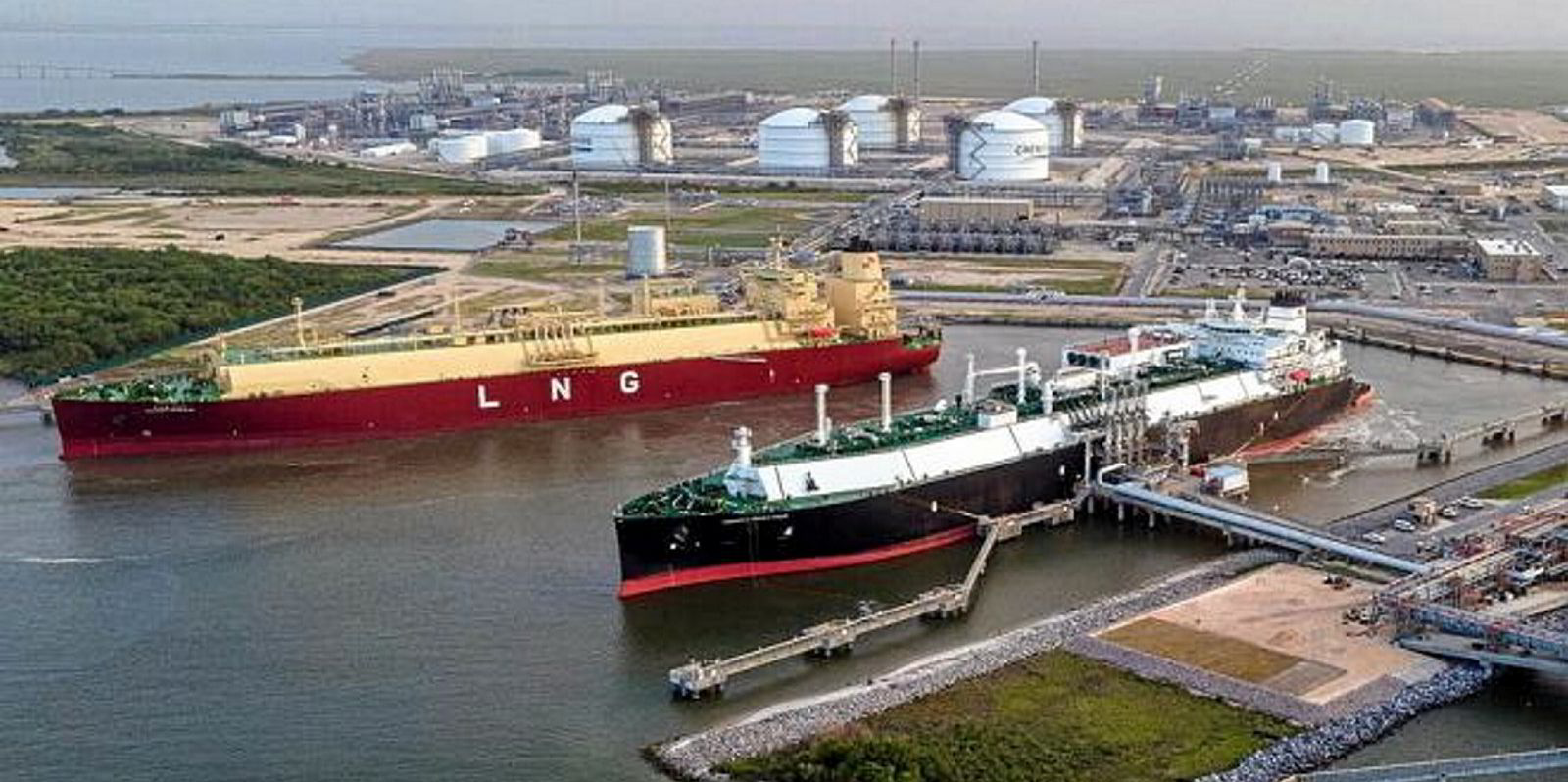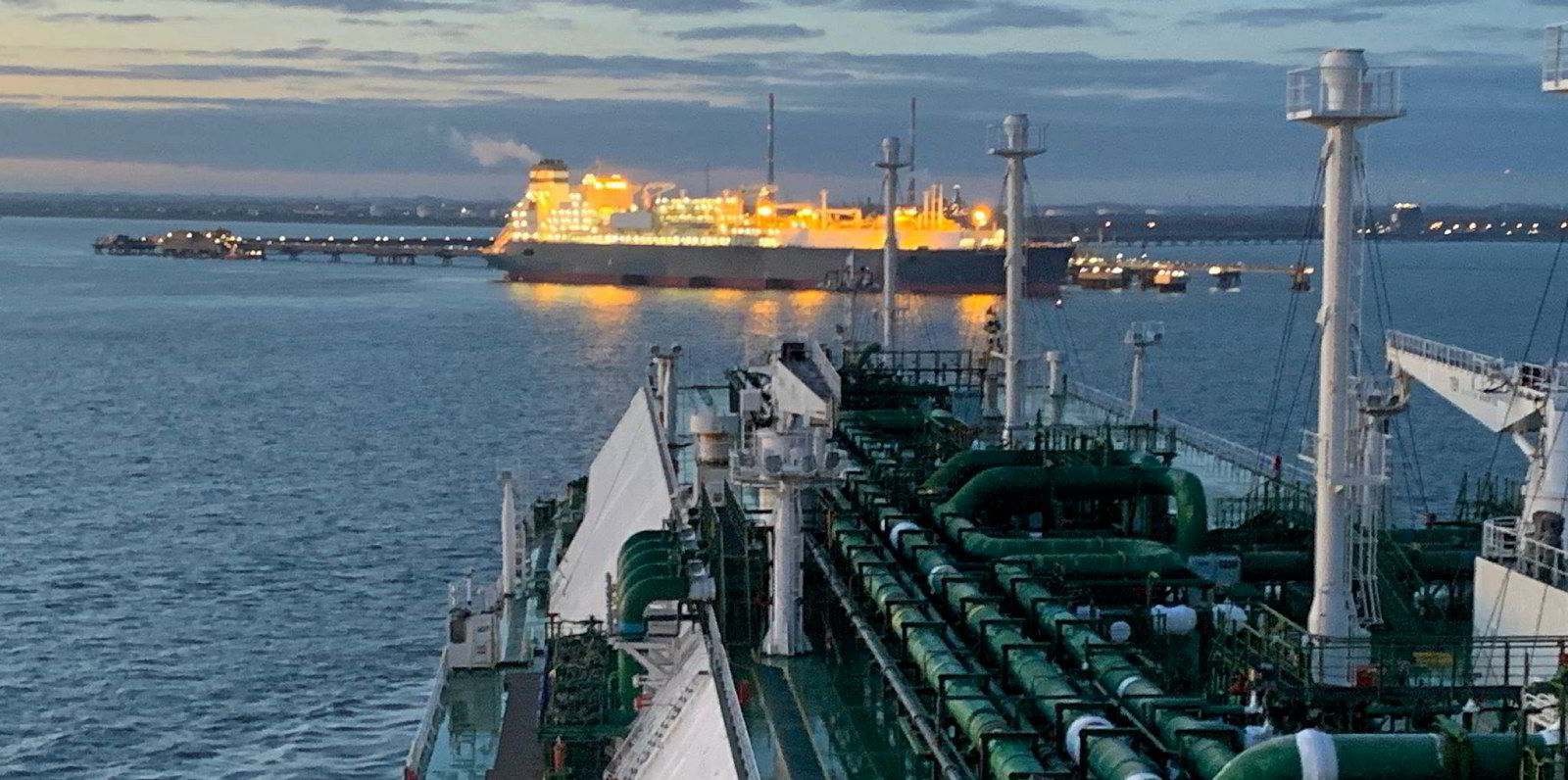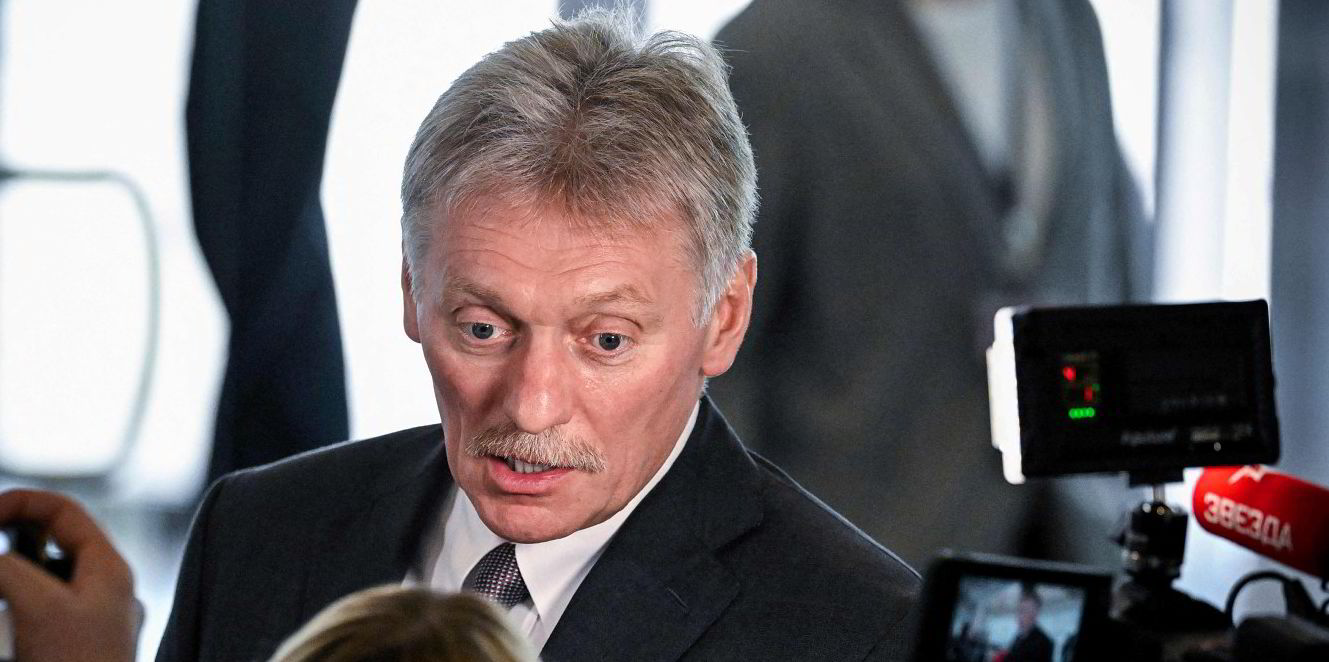US liquefaction giant Cheniere Energy sees the incoming new supply wave of LNG this decade as being absorbed by the market and contributing to long-term energy stability.
Speaking on the company’s first-quarter results call, Cheniere executive vice president and chief commercial officer Anatol Feygin said that there are some 200m tonnes of annual LNG production capacity due to come onstream after 2025, in what he said marks a third expansion wave for the industry.
He said some market commentators are cautioning that these new volumes may tip the sector into oversupply this decade as the US, Qatari and other projects come online.
But Feygin said Cheniere believes the LNG sector will accommodate it without resorting to curtailments on the supply side.
He highlighted that, while this is the largest amount of new supply yet seen, it will represent a smaller proportion of the underlying LNG trade than previously.
The vice president also pointed out that by the middle of this decade, there will be 1,200m tonnes of LNG import capacity, with another 100m tonnes under development, which will ensure a more efficient market that can absorb these additional volumes.
He also sees latent demand for LNG, which is set to be stimulated at the right price.
“We believe new LNG supply in the coming years will be absorbed by the market efficiently,” Feygin said, which will be an energy solution for “decades to come”.
Cheniere president and chief executive Jack Fusco took a pop at reports that have challenged LNG’s role over that of coal, accusing them of “cherry-picking” assumptions to support their arguments. He went on to detail the benefits of coal-to-gas switching.
Fusco also waded in again, albeit obliquely, on the US’ permitting pause of new liquefaction. The CEO said the US has “an unprecedented opportunity” to play a vital role in helping provide energy solutions globally.
“Natural gas and LNG are currently actionable and common sense solutions to powering emerging economies around the world while lowering global emissions,” he said.
Cheniere’s first-quarter net income crashed back 91% to $502m from $5.4bn in the same period a year ago.
Revenue for the quarter crumbled by 42% to $4.3bn, from $7.3bn in the first three months of 2023.
Cheniere said the “unfavourable change” was mainly due to losses on derivatives indexed to volatile international gas and LNG prices that were partially offset by a lower provision for income tax.
The company exported 166 LNG cargoes during the first three months of 2024, with the bulk of these going to Europe. This compares to 167 in the January to March period last year.
Since it started LNG production, Cheniere has exported over 3,400 cargoes from its two US Gulf Coast liquefaction projects — Sabine Pass LNG and Corpus Christi LNG.
Six-train Sabine Pass can produce 10m tonnes per annum with a further 20 mtpa in permitting. Cheniere is developing carbon capture and storage opportunities at this development.
Corpus Christi Stage 3 will consist of seven midscale trains that will add approximately 10 mtpa of production capacity. It is due to start up by the end of 2024 and has up to five mtpa of capacity in development.
Cheniere guided on a consolidated adjusted Ebitda for the 2024 financial year of between $5.5bn and $6bn.
Zach Davis, executive vice president and chief financial officer, said the company expects to produce some 45m tonnes of LNG this year.






